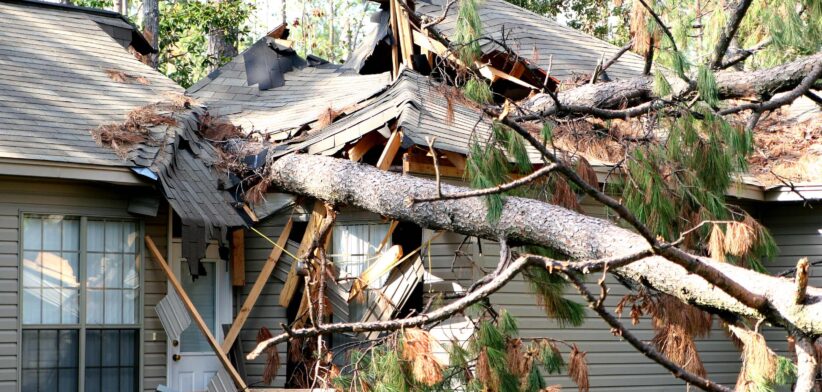The impact of extreme weather in Australia has more than tripled since the start of the century.
New data released by the Insurance Council of Australia (ICA) shows insured losses from declared insurance catastrophes grew from 0.2 percent of GDP in the five years up to 2000, to 0.7 per cent for the last five years.
ICA CEO Andrew Hall said extreme weather losses were consuming more and more of the country’s economic resources.
Mr Hall said in monetary terms, over the past 30 years insurers paid an average of $2.1 billion per year to customers impacted by extreme weather events.
“But looking at just the last five years the average annual cost of extreme weather claims has more than doubled to $4.5 billion, driven largely by the growing cost of flood,” he said.
He said the new data analysis was contained in the ICA’s Insurance Catastrophe Resilience Report 2023-24, which showed insurers incurred $2.19 billion in claims from declared extreme weather events in 2023-24, the same amount as was incurred from extreme weather events over the previous 12 months.
“However, the number of claims from events in the past 12 months was almost 157,000, 66,000 more claims than the previous period, showing that while the average claim from recent weather events was lower the impact was more widespread,” Mr Hall said.
He said the costliest extreme weather event of the past 12 months was the Christmas storms that impacted the Gold Coast hinterland as well as areas of New South Wales and Victoria, which drove $1.33 billion in claims.
“The event with the greatest impact on individual customers was ex-TC Jasper which hit Far North Queensland in mid-December, where the average claim was $36,000, almost three times the average claim for the Christmas storms.”
Mr Hall said the report outlined the policy solutions required to improve community and household resilience to extreme weather, which included improved land use planning, stricter building codes, and ongoing investment in resilience measures such as flood levees and home strengthening.








